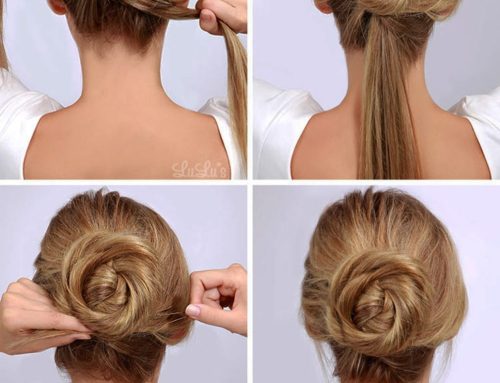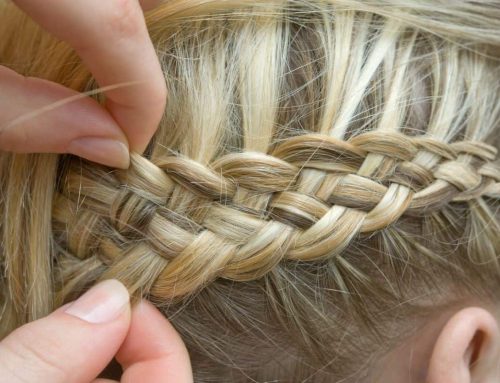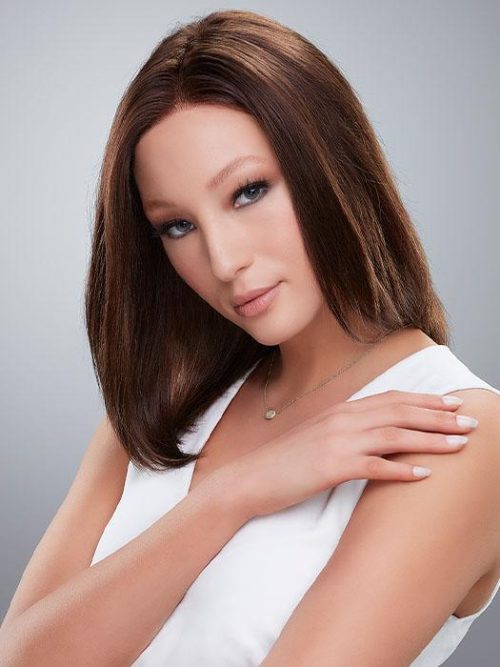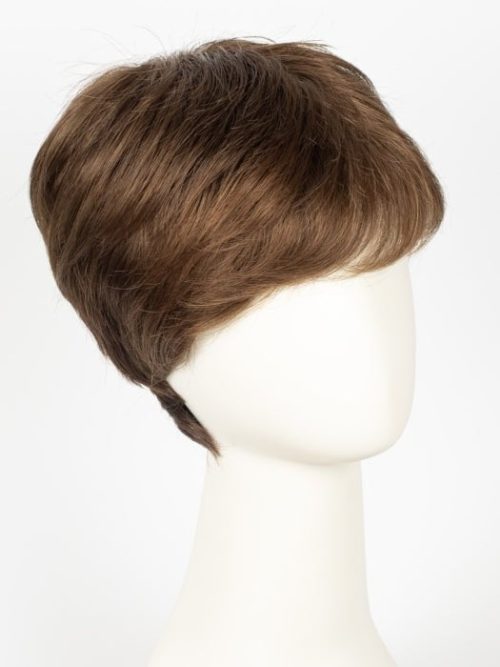Hair Loss: Embracing Confidence Through Wigs
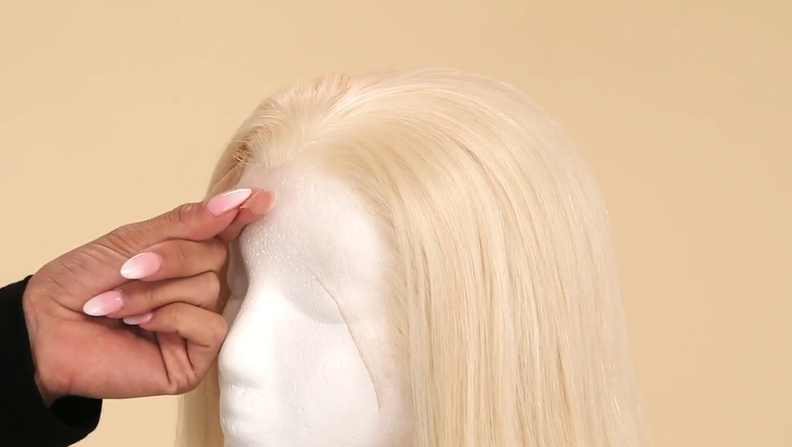
Facing partial or complete hair loss can be distressing, leaving individuals in a state of pain and confusion. However, the advent of wigs has revolutionized the way women perceive hair loss, empowering them to embrace any hairstyle they desire without inhibition.
Dispelling Misconceptions: Do Wigs Inhibit Hair Growth?
For those who wear wigs daily, a common concern revolves around whether the wig impedes natural hair growth. The answer is unequivocally no. Much like any accessory such as hats or scarves, wigs merely cover the head without causing any harm to the hair, scalp, or follicles. These malicious claims, suggesting wigs lead to baldness, are unfounded. Instead of dwelling on such falsehoods, it’s crucial to focus on nurturing natural hair, ensuring its strength and resilience. In fact, wearing a wig can contribute positively to hair growth by offering protection and minimizing damage caused by daily styling routines.
Exploring the Perfect Wig Types for Hair Loss
Hair loss can be emotionally taxing, but wigs serve as a remarkable solution to regain confidence. Among the plethora of options available, certain types stand out as ideal choices for individuals experiencing hair loss.
1. Lace Front Wigs
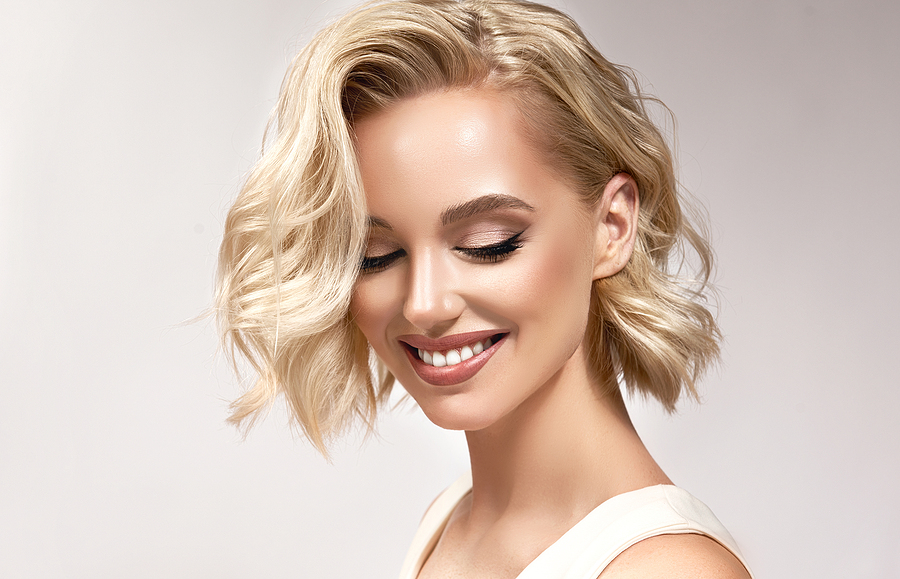
Lace front wigs are remarkably versatile, seamlessly blending with the scalp to create a natural hairline. Particularly suitable for individuals with thinning hair around the forehead, these wigs offer both security and authenticity, making them an excellent choice for various occasions.
2. Monofilament Wigs
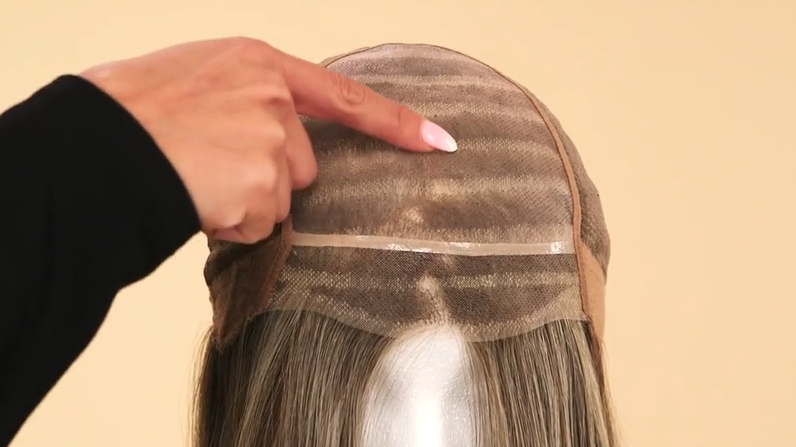
Renowned for their natural parting, monofilament wigs boast intricate construction, ensuring comfort and longevity. These wigs provide a realistic appearance, with individually sewn hair strands on a transparent base, offering both style and durability.
3. Full Human Hair Wigs
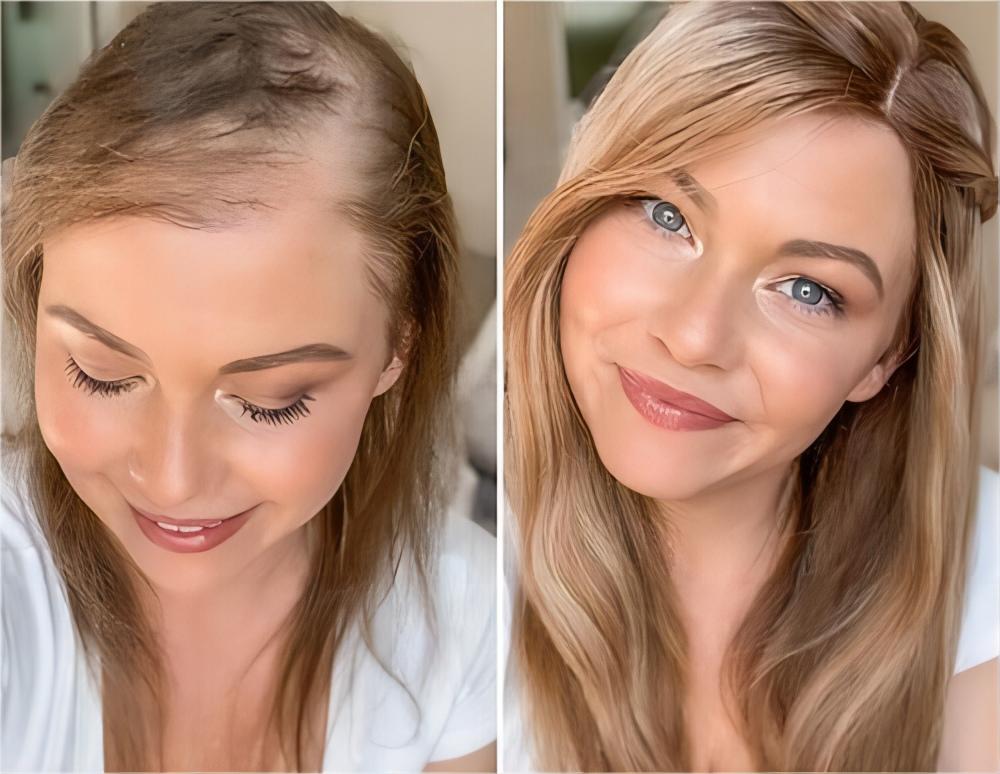
Crafted from real human hair, full human hair wigs offer unparalleled quality and versatility. Ideal for individuals with extensive hair loss, these wigs provide complete coverage and can be styled akin to natural hair, offering a long-lasting solution with a natural look and feel.
4. Wigs for Specific Needs
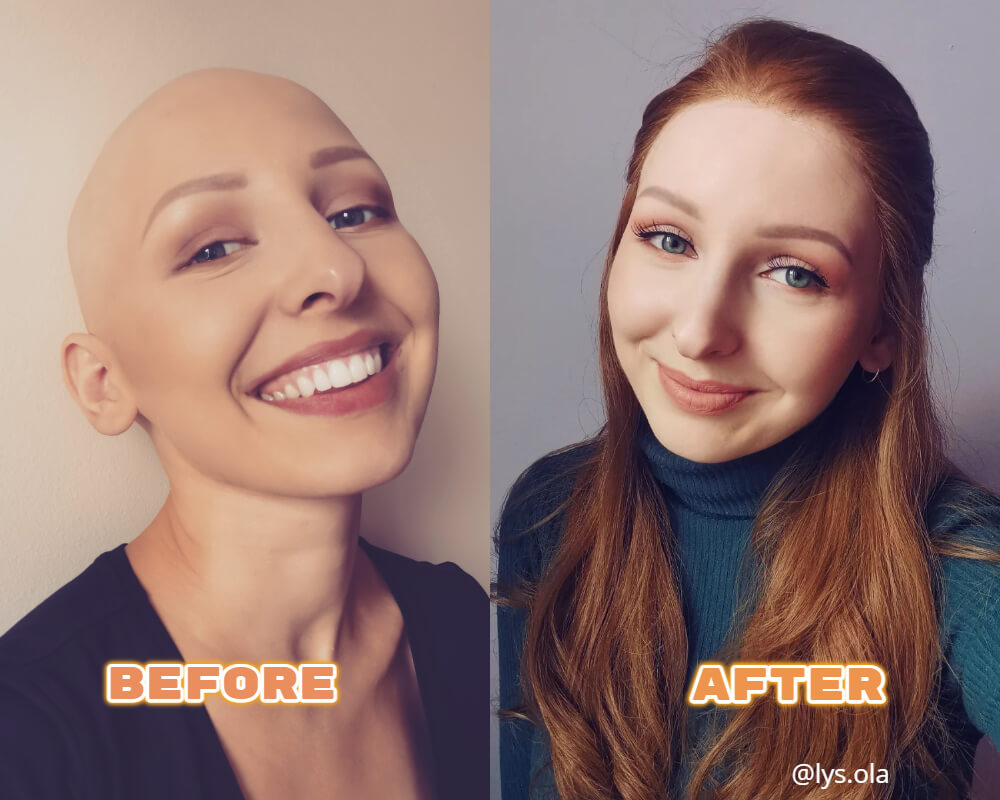
For patients undergoing chemotherapy or dealing with alopecia areata, specialized wigs cater to their unique requirements, offering comfort and confidence during challenging times.
Exploring Alternatives: What to Do Besides Wearing Wigs
For those experiencing mild to moderate hair loss, alternatives such as hair toppers and extensions provide viable options to enhance volume and style.
1. Hair Toppers
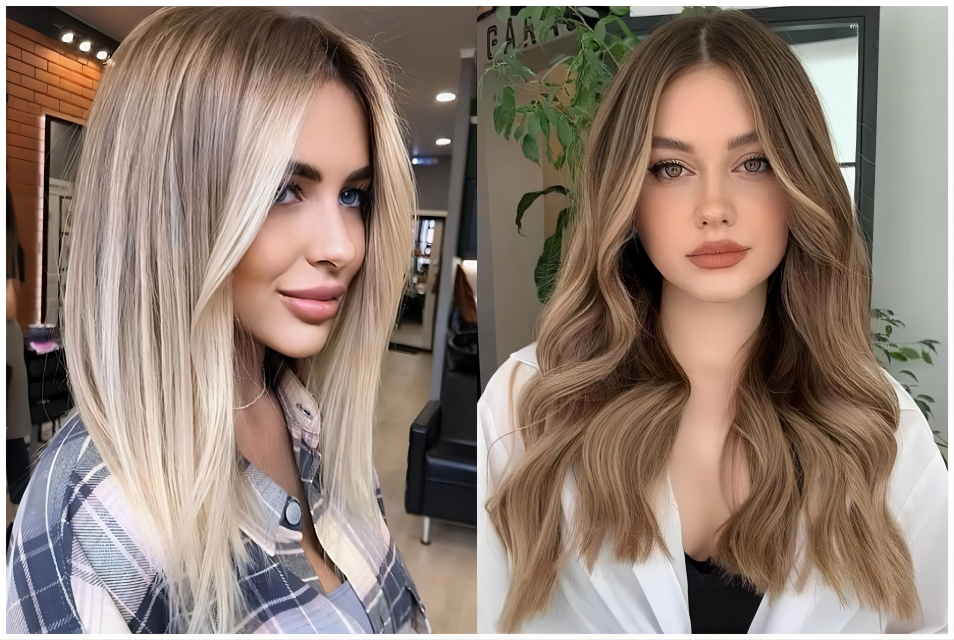
Hair toppers are ideal for individuals with partial hair loss, blending seamlessly with natural hair to offer volume and coverage. Made from premium European hair, these toppers provide a lightweight and breathable solution, enhancing both comfort and style.
2. Hair Extensions
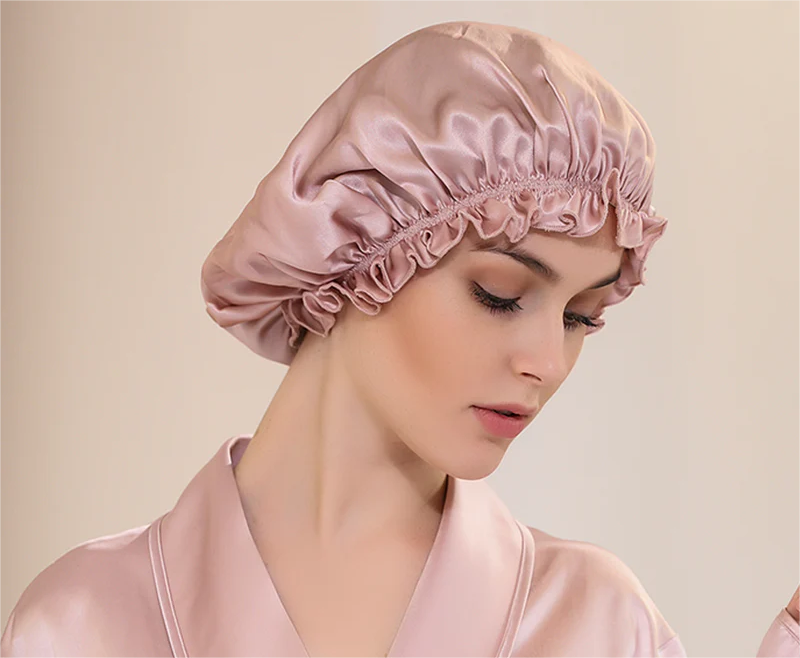
Ideal for adding length and volume, hair extensions offer versatility and flexibility in styling. With various types available, including taped and clip-in extensions, individuals can experiment with different looks without committing to a permanent change.
3. Sleep Caps
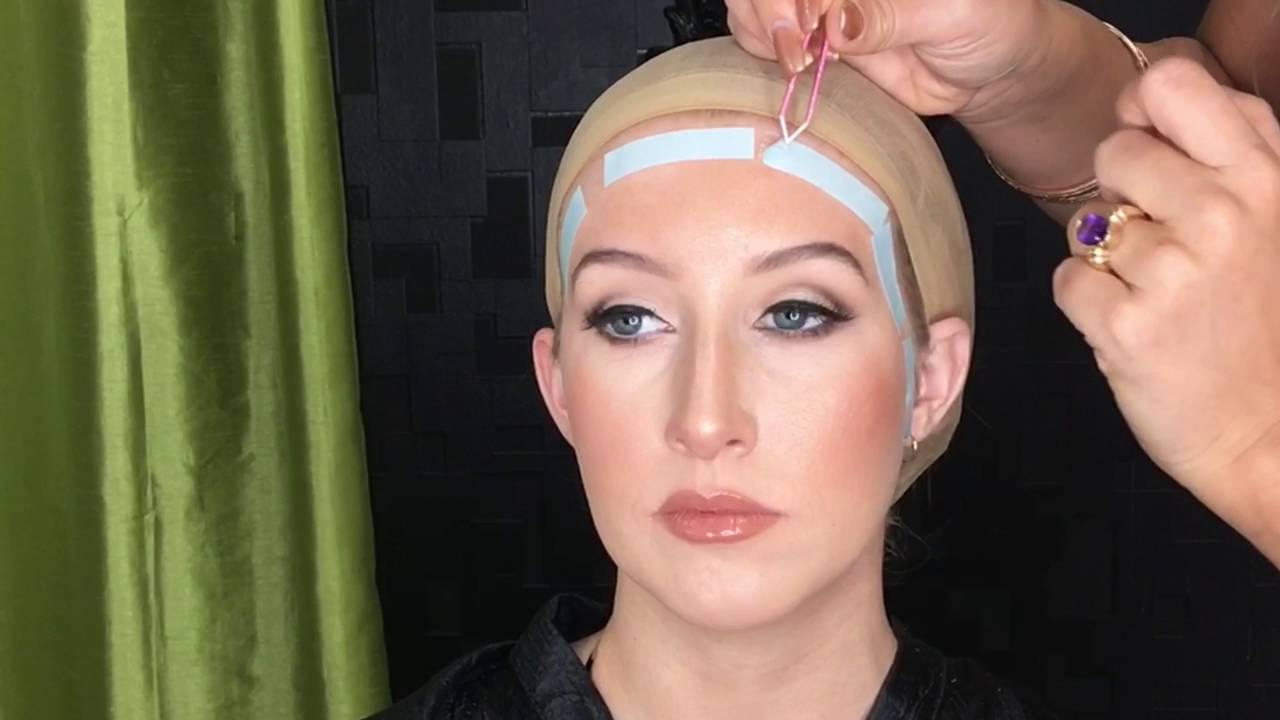
Beyond their utility as sleepwear, satin and silk sleep caps serve as fashionable accessories, providing comfort and moisture retention without causing friction to the hair.
Securing Your Wig: Methods for Stability
Before donning a wig, ensuring proper preparation is essential for a secure fit. Whether using wig tape or other methods, maintaining a clean and smooth scalp is crucial for stability and comfort.
Method 1: Wig Tape
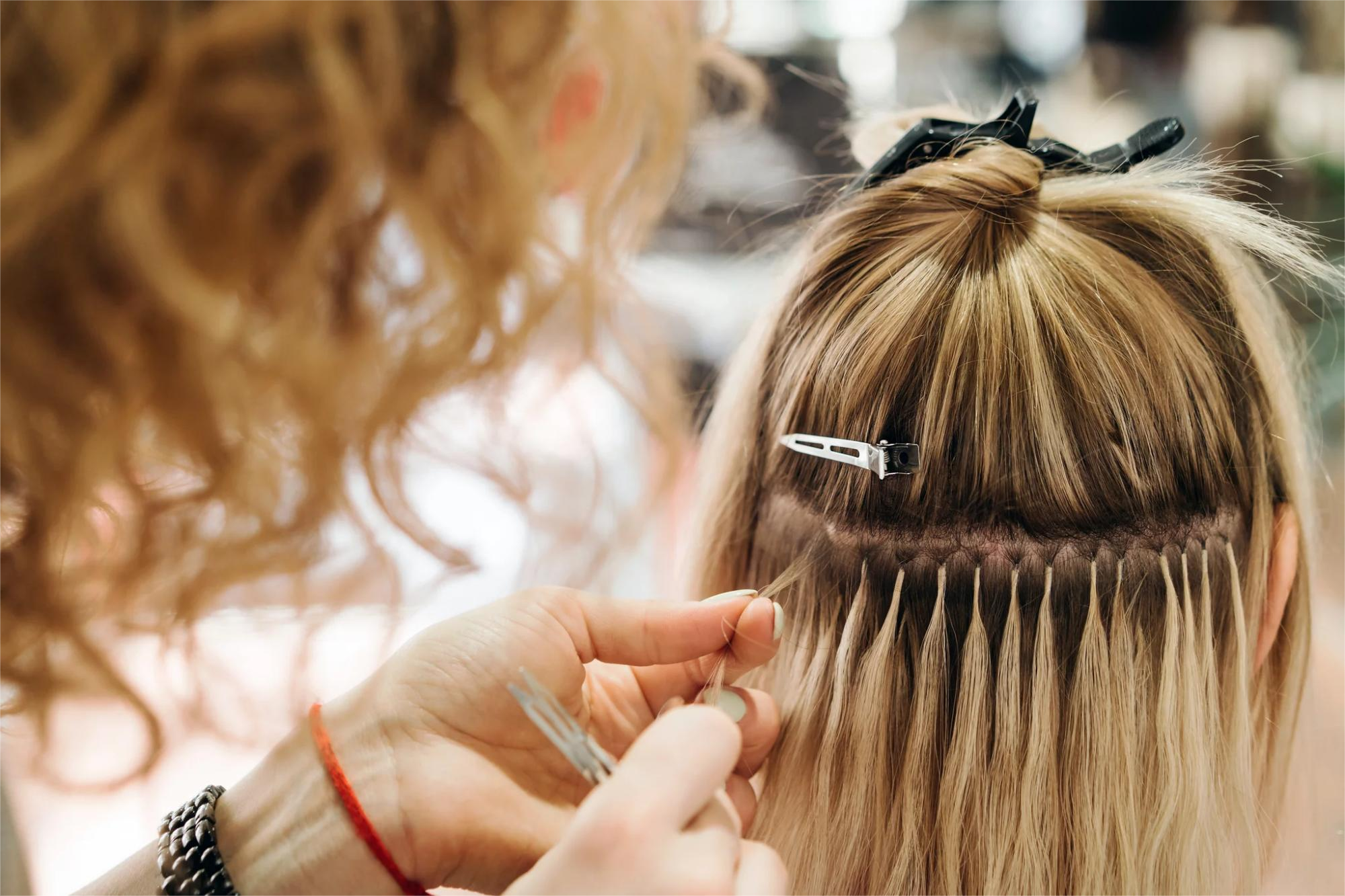
Wig tape offers a reliable solution for securing wigs, particularly for individuals with baldness. By following proper application techniques, such as cleaning the scalp and ensuring even placement, wig tape provides a comfortable and secure fit without damaging natural hair.
In conclusion, while hair loss may pose challenges, the availability of wigs and alternative solutions empowers individuals to embrace their unique beauty with confidence and style.
Secure Your Wig: Effective Methods for Stability
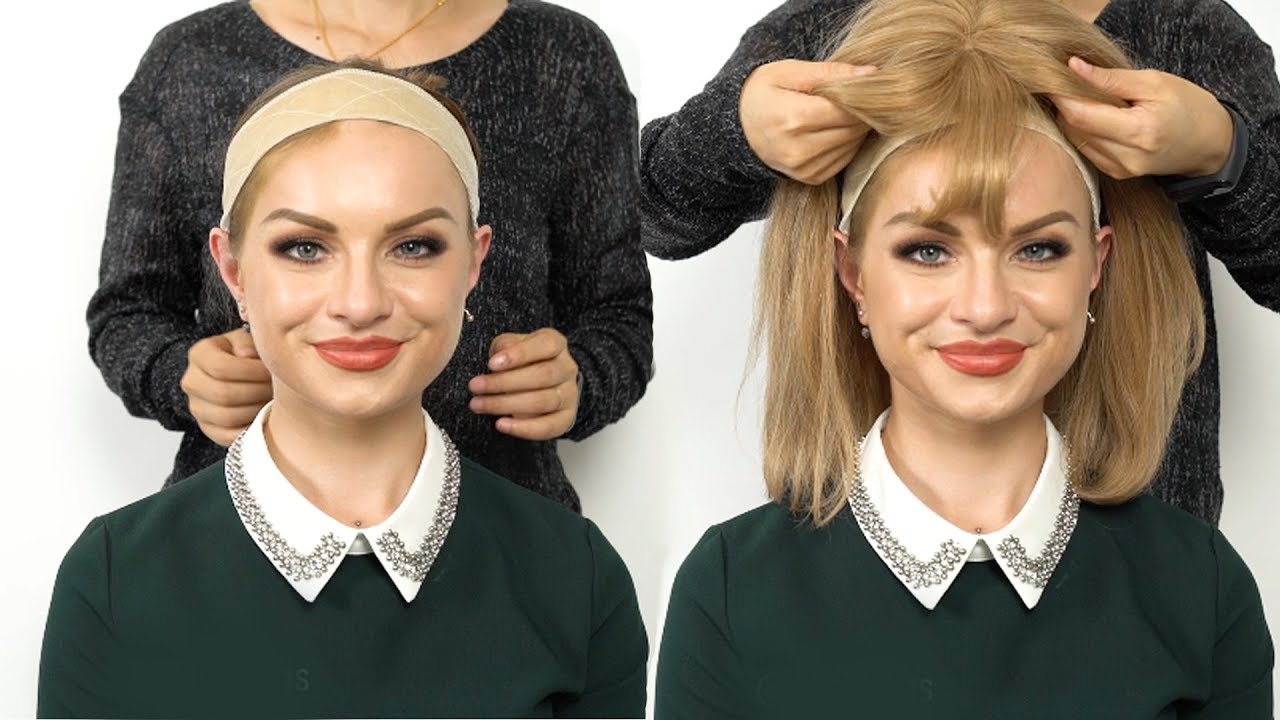
Ensuring your wig stays in place is essential for comfort and confidence. Explore these reliable methods for securing your wig effectively.
Method 2: Wig Grip
A wig grip functions like a non-slip strap, adapting to body movement while evenly distributing the weight of the wig or hat across the head. This prevents hair pulling and ensures the wig remains firmly in place, enhancing wearer comfort and confidence.
How to Apply:
– Position the wig grip along your hairline, ensuring it overlaps the hairline’s lower edge.
– Use the nylon clasp at the back to adjust the grip’s size to fit your head.
– Place the wig onto the grip, adjusting its position according to personal preference for a realistic appearance.
Method 3: Silicone Solution Sheet (SSS)
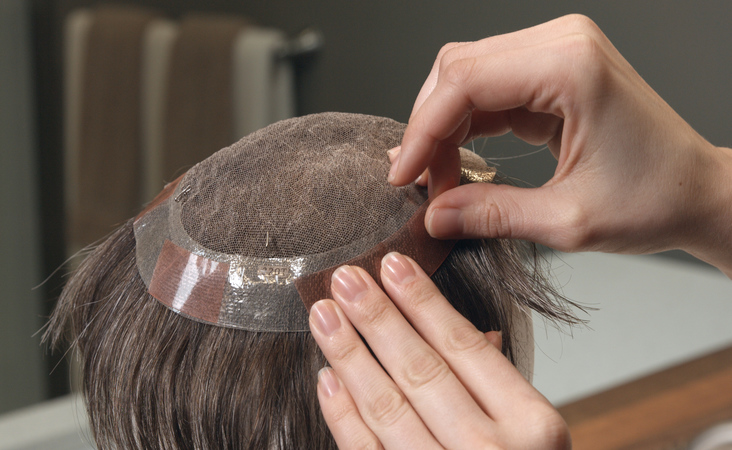
The silicone sheet, featuring a smooth side and a mild suction side, offers versatility and security. Cut it to size and shape, then attach it to the wig cap. The smooth side prevents slippage when used with wig tape, while the suction side provides added security for individuals with complete hair loss.
How to Apply:
– Customize the silicone sheet to desired size and shape.
– Sew it into the wig cap for secure attachment.
Method 4: Wig Caps
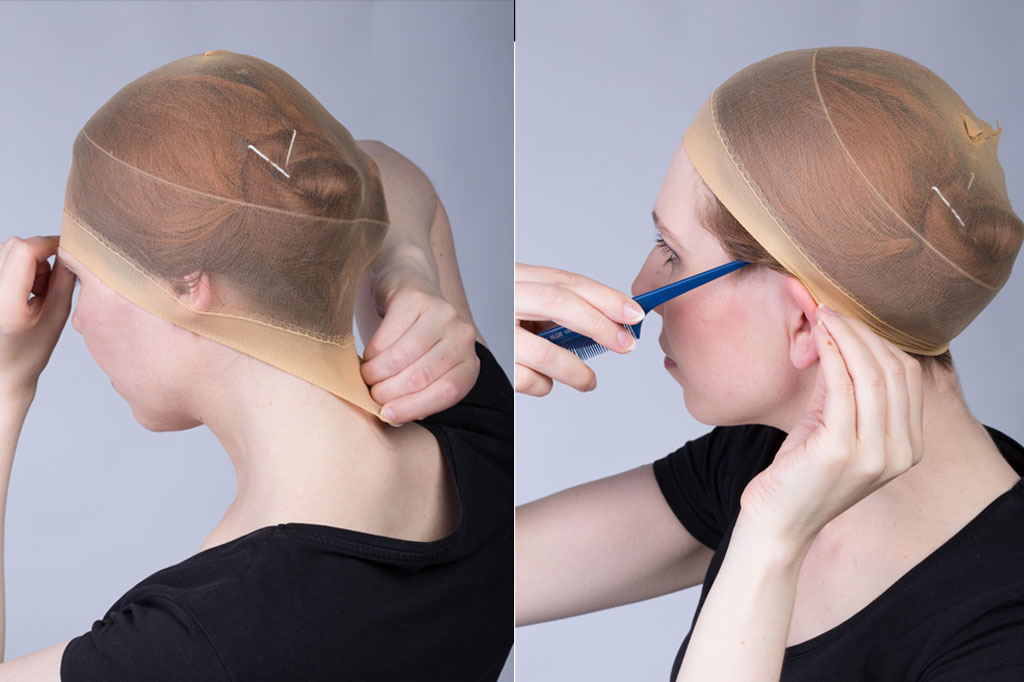
Wig caps provide a clean and secure barrier between the scalp and wig, reducing friction and ensuring a snug fit. Available in various colors and materials, wig caps keep natural hair in place while maintaining wig hygiene and neatness.
How to Apply:
– Ensure a clean scalp before wearing the wig cap.
– Align the wig’s front edge with the hairline and adjust from front to back.
– Smooth out any air pockets to ensure a perfect fit.
– Proceed to wear the wig over the cap for added stability.
Method 5: Wig Clips
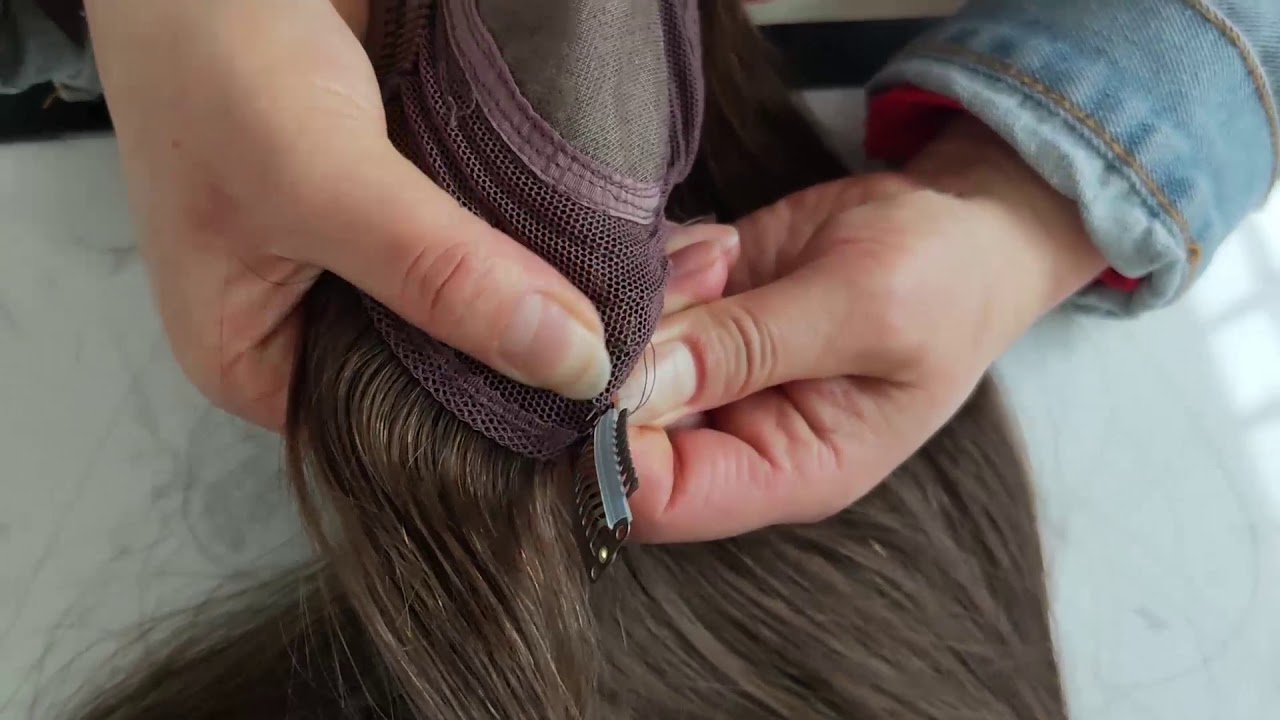
Wig clips offer additional security, particularly for individuals with thinning hair. When used without a wig cap, they prevent unexpected displacement during activities or windy conditions.
How to Apply:
– Style the wig, then lift the top to place the clips strategically.
– Secure the wig in place, ensuring clips grasp onto natural hair.
– Experiment with clip placement for optimal comfort and stability.
By employing these methods, you can enjoy a secure and comfortable fit for your wig, enhancing your overall confidence and style.
Achieving Wig Stability: Additional Methods
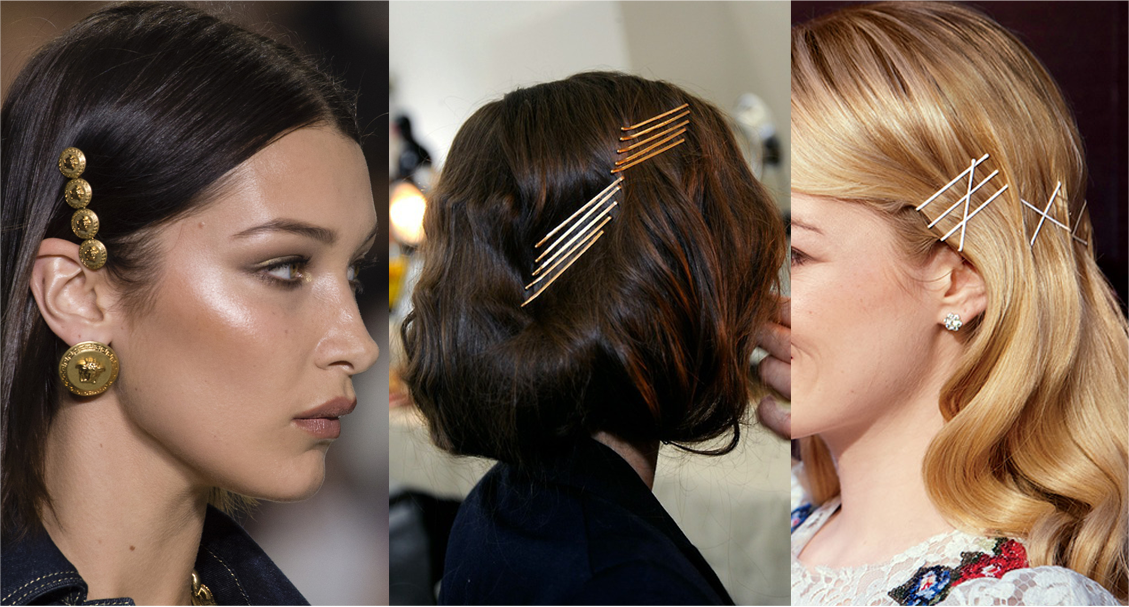
Ensuring your wig stays firmly in place is vital for a seamless look. Consider employing bobby pins for added security, providing a discreet and effective solution without compromising your hairstyle’s aesthetics.
How to Apply:
– Secure bobby pins to anchor your natural hair.
– Layer the wig over your hair and use bobby pins to affix each section securely.
– Utilize bobby pins to secure loose strands or sections without wefts.
– Adjust the quantity of pins as needed for optimal hold.
Maintaining Hair Health Underneath Your Wig
Regardless of how frequently you wear a wig, prioritizing scalp and hair health is paramount. By implementing expert-recommended measures, you can ensure your hair remains healthy and vibrant, even while wearing a wig. Let’s embark on a worry-free journey towards wig wearing!
Step 1: Establish a Comprehensive Hair Care Routine
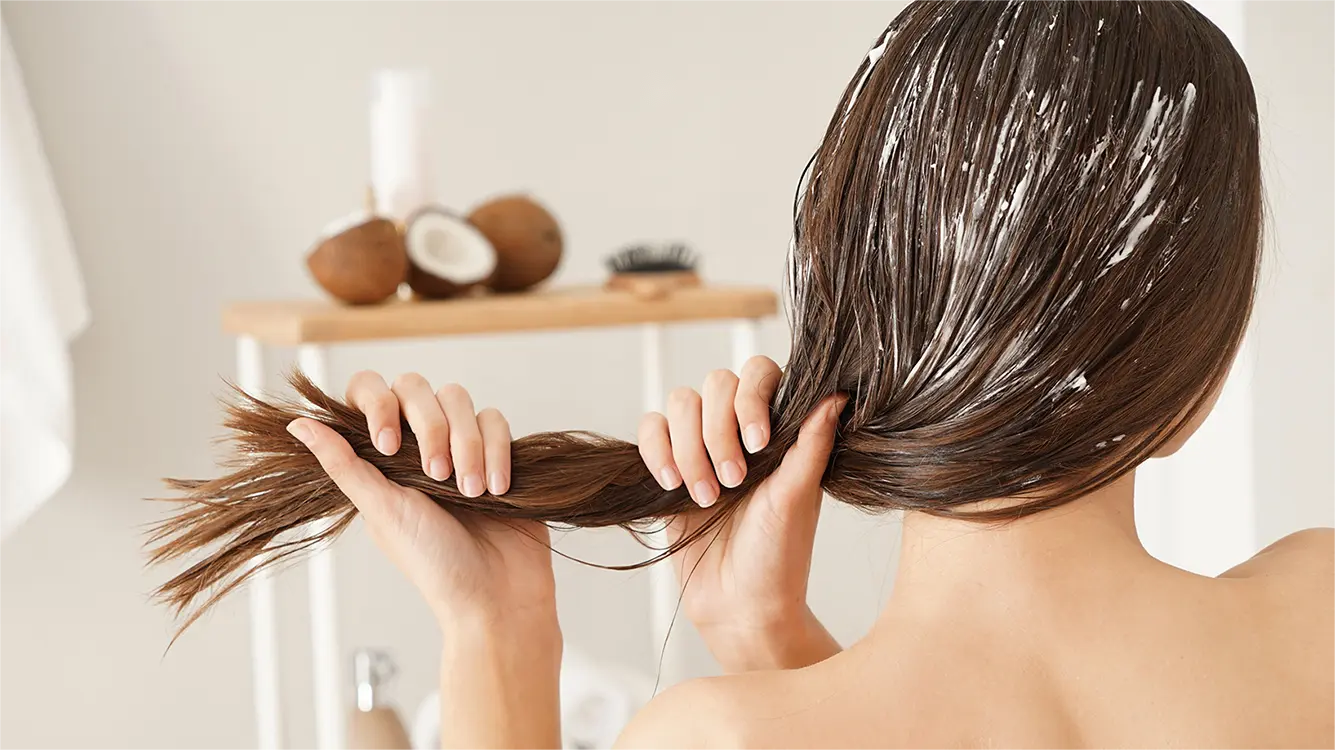
-
Prioritize scalp care by incorporating a scalp scrub to eliminate debris and stimulate circulation. Follow up with essential oils to moisturize and nourish the scalp, promoting optimal hair growth.
-
Combat dryness and split ends by investing in emollients and conditioning products to lock in moisture. Leave-in conditioners provide additional hydration, ensuring your hair remains healthy and resilient.
-
Maintain scalp hygiene by washing your hair weekly to remove buildup and excess oil. Tailor your washing frequency to your scalp’s needs, ensuring cleanliness and reducing dandruff.
-
Regular trims are essential for maintaining hair health, preventing split ends, and promoting overall hair strength. Schedule trims every 6 to 8 weeks to keep your hair in optimal condition.
Step 2: Minimize Tension on Hair Strands
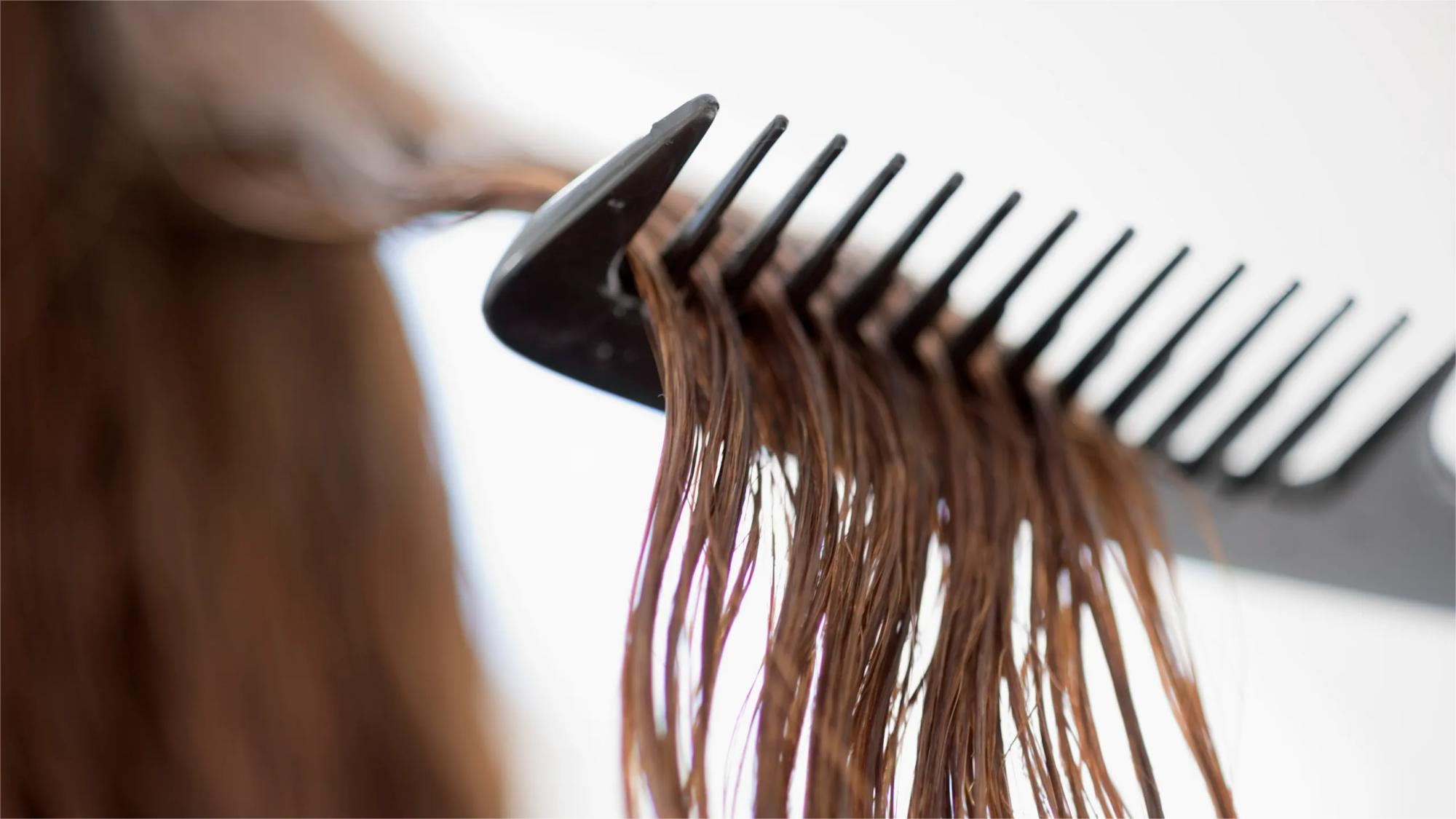
-
Opt for loose hairstyles underneath your wig to minimize tension on the scalp and hair follicles. Avoid tight styles that can lead to discomfort, hair breakage, and scalp irritation.
-
Invest in a wig cap or wig grip to protect your hairline and minimize friction between your natural hair and the wig. These accessories offer a secure and comfortable fit, preventing hair damage and ensuring wig stability.
-
Ensure your wig fits properly to avoid discomfort and prevent hairline recession. Take accurate measurements to select the right size or consider customizing a wig for a perfect fit.
-
Apply a moisturizing oil to your hairline to reduce friction and protect delicate baby hairs. Shea butter can soothe and nourish the skin, minimizing irritation caused by wig friction.
Step 3: Adopt Healthy Wig-Wearing Habits
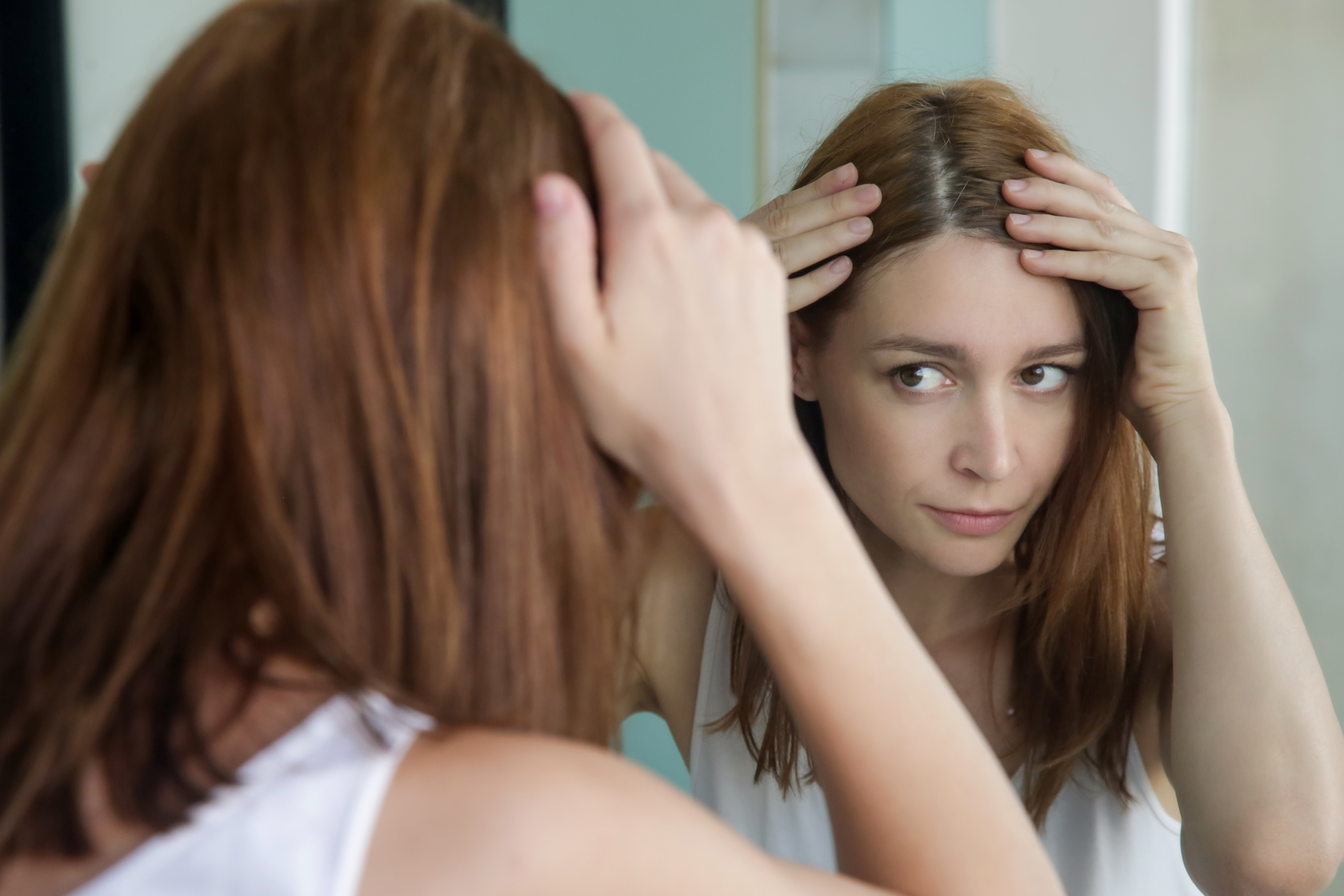
-
Avoid wearing a wig on damp hair to prevent bacterial growth and maintain hair health. Moisture trapped under the wig can lead to mold formation and weaken hair strands, increasing the risk of breakage.
-
Refrain from wearing a wig on dirty hair to maintain scalp hygiene and prevent bacterial infections. Ensure your hair is clean and dry before wearing a wig to promote scalp health and prevent unpleasant odors.
-
Limit wearing your wig while sleeping to minimize hair compression and reduce the risk of hair damage. Allow your hair to breathe and recover overnight by removing the wig and opting for a soft silk sleeping cap for added protection.
Final Remarks
Finding the perfect wig and maintaining healthy hair underneath are essential for achieving a natural and comfortable look. By incorporating these tips into your routine, you can enjoy confidence and peace of mind while wearing your wig. We hope this guide has provided valuable insights to enhance your wig-wearing experience.
Image Credits: Google, Pinterest, YouTube.
